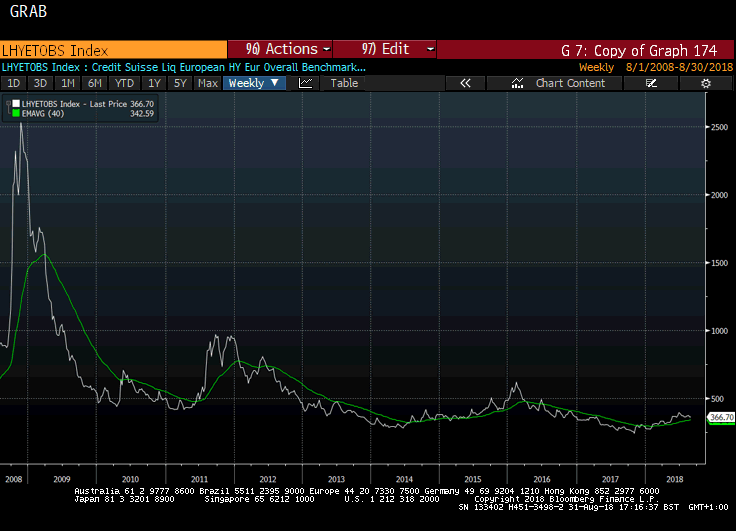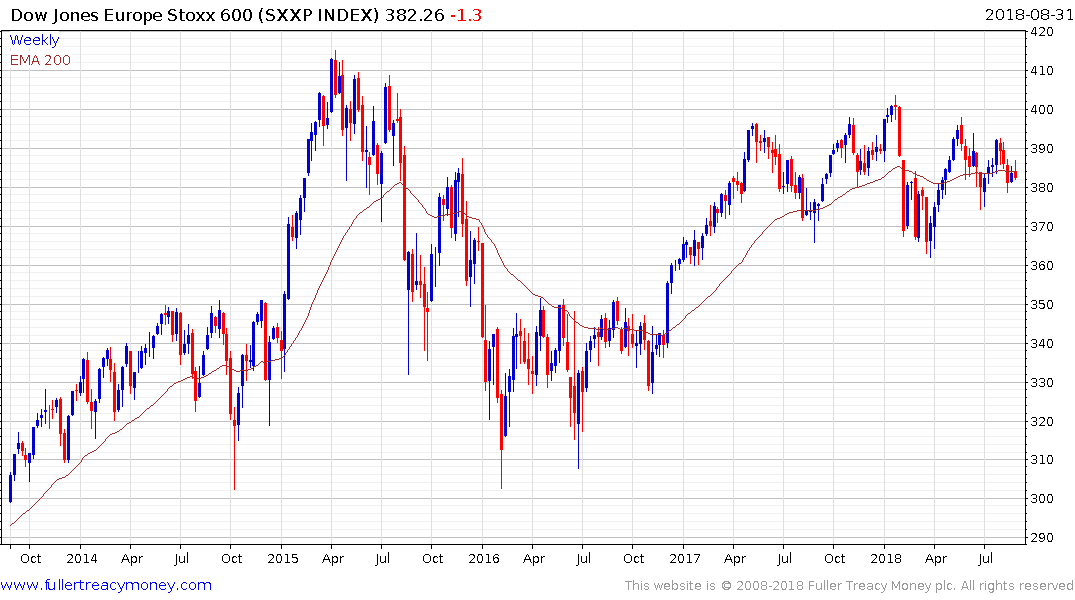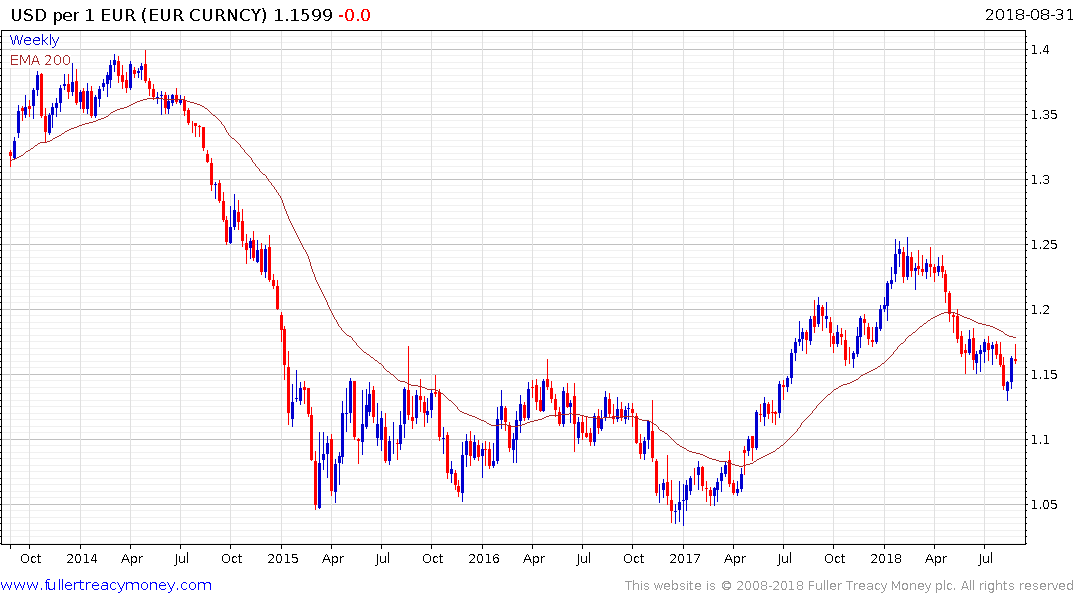Apple, Oracle Dump Bonds and Create $300 Billion Hole in Market
This article by Molly Smith for Bloomberg may be of interest to subscribers. Here is a section:
That wave of money, the directional change of fund flows hasn’t really kicked into gear yet,” said Saperstein, who helps manage about $10 billion, most of which is invested in corporate debt maturing in less than three years. “If the flow of money accelerates further and there isn’t enough absorption, spreads will widen.”
The cash-rich tech giants parked an increasing amount of their wealth into corporate debt in recent years as yields on safer investments like Treasuries shriveled -- a byproduct of central banks’ unprecedented efforts to keep rates low after the global financial crisis. Apple alone held more than $150 billion in corporates, exceeding some of the world’s biggest debt funds.
That started changing earlier this year after a Republican- led tax overhaul in the U.S. offered companies a break on the taxes they’d need to pay to repatriate their overseas profits.
Within the first three months, companies had already brought back a record $306 billion of dividends received from abroad, according to the Bureau of Economic Analysis. The total could reach $700 billion by year-end, according to Strategas Securities.
Removing a major source of demand from the market for anything is likely to have a knock-on effect for prices. The short-term corporate bond market is no exception and the repatriation of overseas profits is a significant issue for issuers who had been relying on big tech companies to buy their paper.

If we are looking for some rationale for why European high yield spreads have been rising for most of this year this certainly helps. The Credit Suisse European High Yield Spread has expanded by 120 basis points since November, which coincides with the announcement of the Trump tax package. It has been static since May but the spread is now bouncing from the 360-basis point level and a sustained move below it would be required to question medium-term scope for continued expansion.

The broad STOXX Europe 600 Index has been ranging below 400 for almost 18 years and has been pausing below that level since 2017. It has exhibited a triangular pattern since early this year and it is currently falling back to test the region of the most recent low. If it fails at the 380 level it would reasonable to conclude the Index will in for a much more volatile period of trading.

Meanwhile the Euro pulled back today from the region of $1.16 versus the Dollar. As discussed in the video over last few days, this area represented a potential area of resistance since it coincides with the progression of lower rally highs and the region of the trend mean. A sustained move above $1.1775 will be required to signal a return to demand dominance beyond the short term.


